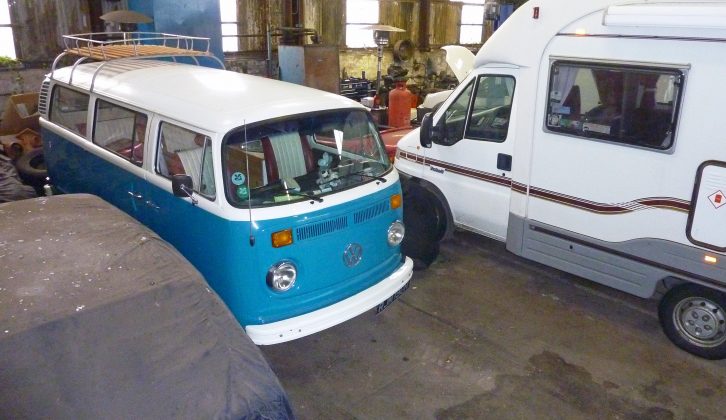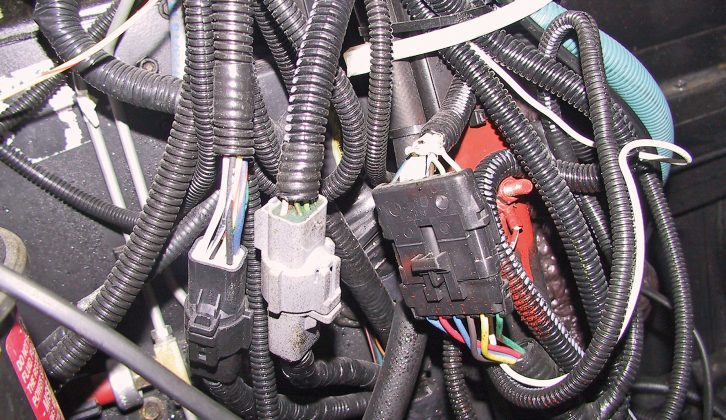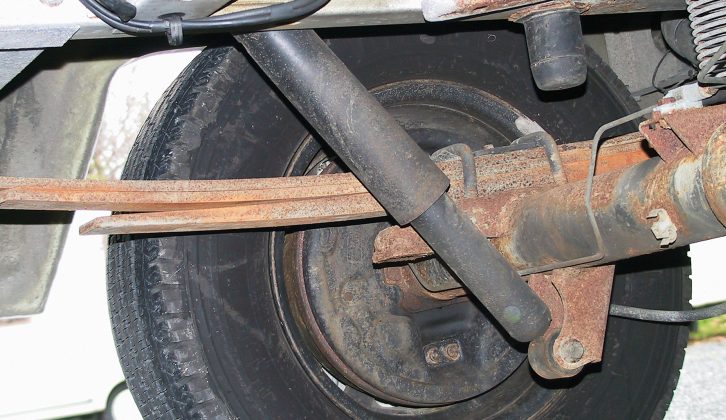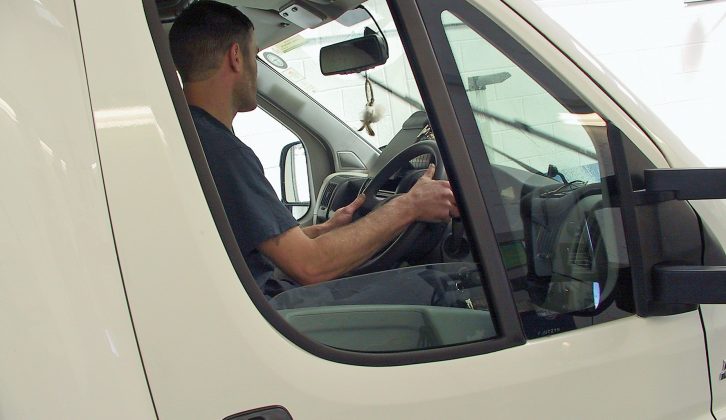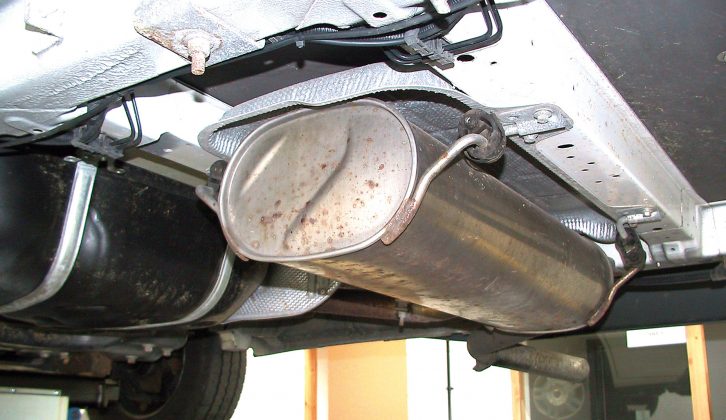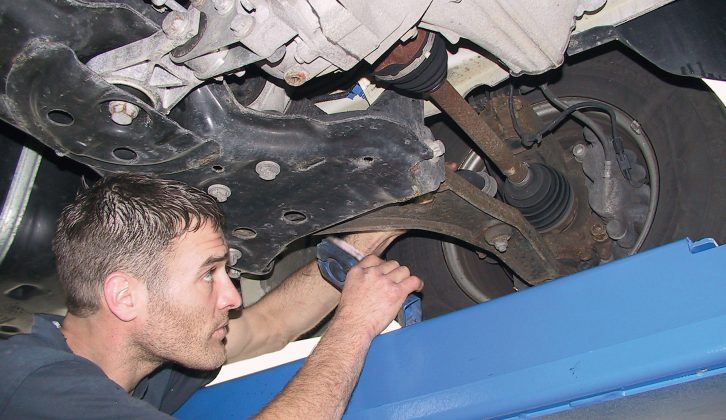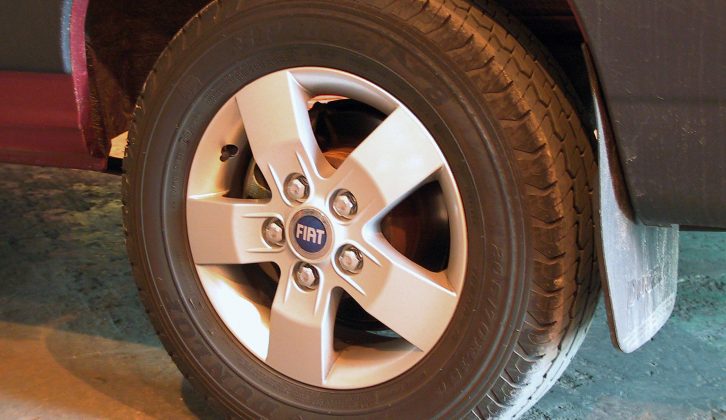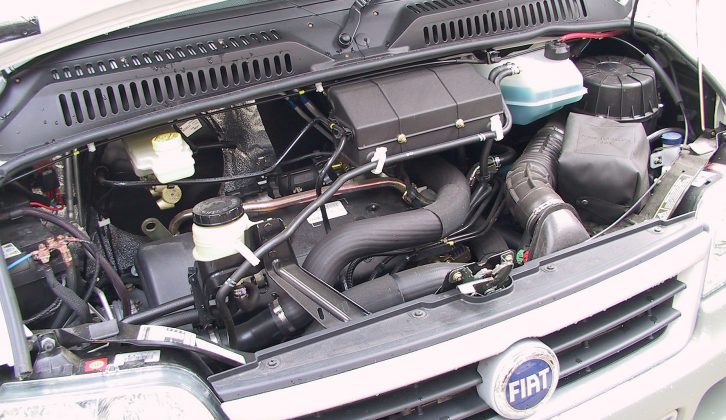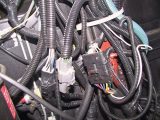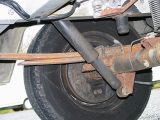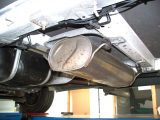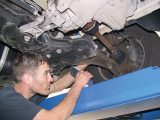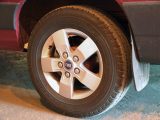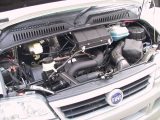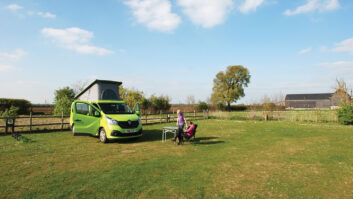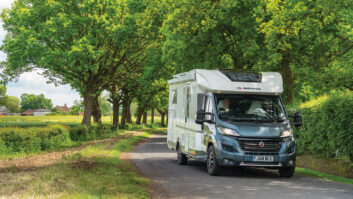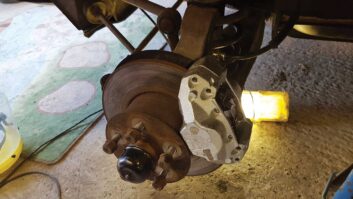Many motorhomes will be off the road this winter, safely tucked in dry storage or left out to face the elements. Either way, the aim is the same: to preserve the vehicle’s condition and to ensure a clean and hassle-free getaway at the start of next season. That’s easily achieved by giving the vehicle detailed attention before laying up, backed up by periodic checks throughout the winter.
Preparation
The trick is to have the ’van in dependable condition at the start of the lay-up. All those jobs that accumulated during the season must be done now.
We’re dealing with the chassis, engine and running gear here, so the base vehicle must get a full service and MoT test. These may seem to be unnecessary expenses at this time of year but, by having the MoT now, you have plenty of time to get unexpected repairs done.
A full service now will put fresh oil and antifreeze in your engine, significantly reducing the chances of internal corrosion and radiator blockage. Even the washer bottle needs its winter concentration of fluid to prevent frost damage.
A service reduces the likelihood of brakes seizing during lay-up. If your brake fluid is due for replacement, this is the ideal time to do it. It prevents moisture in the old fluid from corroding the brake cylinders. The added bonus is that you’ll know the vehicle is prepared for the next season from the off.
Body and underside
We must next store the vehicle to preserve its condition. While the ’van is still on the road, it needs a power wash over the body and underside. Pay attention to removing dirt from body seams and the corners of the chassis. This wash is best done early on a dry, breezy day and followed by a few miles of driving to dry it thoroughly and blow the water from the crevices.
The body can then be treated to a coat of wax polish; work it thickly into the body joints to keep rain and moisture from settling in them.
Underneath, examine the chassis paint and touch up any damage using a rust convertor followed by primer and a thick flexible top coat, such as stone chip paint. If the vehicle is to be stored outside, an application of chassis spray wax will protect it from damp.
While you’re underneath, apply spray wax or fresh oil to the rear suspension leaf springs to prevent surface rusting, which can inhibit their performance. Similarly protect the exposed threads of suspension, steering and brake fittings, but ensure no oil or wax reaches the brake discs or friction parts.
Inspect steel brake and fuel pipes for surface corrosion and, if there is light corrosion, rub it away with emery and apply a smear of grease to protect it. Replace heavily corroded pipes before they worsen.
Have a torch with you to search for oil leaks under the engine, transmission and axle. Slight leaks can be expected after a few years, but drips are best fixed now while the ’van is not needed.
Electrical systems
If electrical parts are working correctly, leave them alone. However, you should still protect contacts and connectors from winter damp, which can corrode them, causing circuits to work intermittently.
Spray WD40 at as many connectors and earth points as possible to dissolve existing corrosion and leave a protective film. Don’t disturb connectors, though. Simply point the nozzle into the joint and the lubricant will work its way in.
Inspect all running lamps for signs of water or condensation in the lenses. If damp inside, unscrew the lamp lens, remove the bulbs and dry the unit before squirting WD40 in the bulb holders and reassembling. The lens may need a new seal or a fine run of silicone sealant to prevent further water ingress. This does not apply to modern LED lighting systems.
Ensure the battery terminals are clean and the cables are securely attached, and check the battery condition indicator. If the battery is suspect, replace it now because it is needed for periodic checks during storage – you’ll also know that you can depend on it at the start of next season.
Parking
Aim to park the vehicle on firm, level ground. If parking on grass, arrange boards or slats under the tyres. During final parking, if it is safe to do so, allow the vehicle to roll to a halt without using the brakes, and do not apply the handbrake. This helps prevent the brakes from seizing on during storage, but the vehicle will need to be left in gear, with the wheels chocked and the ’van on level ground to be safe.
If security allows, leave some windows slightly open to allow air circulation, or use moisture-absorbing crystals.
A trickle charger can be used on some vehicles to maintain the battery’s charge, but first consult the vehicle handbook. Modern vehicles with integrated electronic systems can lose their settings if the battery is not disconnected in a prescribed sequence.
Periodic checks
So far, we’ve ensured that the motorhome is in the best possible condition before parking it for winter. However, we must still run the systems occasionally. Every two to four weeks, check the engine oil, coolant and brake fluid levels and restart the engine, leaving it to run at idle speed for a couple of minutes. Switch off and check the engine bay for leaks, then allow the engine to warm up.
If the vehicle is indoors, ensure there is adequate exhaust ventilation before starting, or securely connect a pipe to the exhaust to lead fumes outside.
In the cab, test the brake, work the clutch and drive forward a few feet. Then reverse, preferably stopping without using the brake, as before. Ideally, a short drive is beneficial if there is space in the storage area or on the road if taxed and insured.
Even moving a little to-and-fro is enough to free the brakes and clutch, and to provide fresh lubrication around the engine, transmission and axles. This can prevent corrosion and oil seals from drying out.
Check the electrical systems and run the air conditioning to prevent the build-up of smelly bacteria in the air ducts.
Re-park the vehicle so the weight is on a different section of the tyres, to prevent flat spots from developing; they can cause vibration. Check the tyre pressures and, if any are unusually low from a leaky valve or slow puncture, have it repaired right away before the static weight damages the sidewalls.
With the preparatory work completed before laying up and periodic checks, you can spend the winter planning next year’s trips, rather than worrying whether the ’van will start next season and stay reliable and trouble-free.
Spend winter planning next year’s trips, rather than worrying whether the ’van will start
